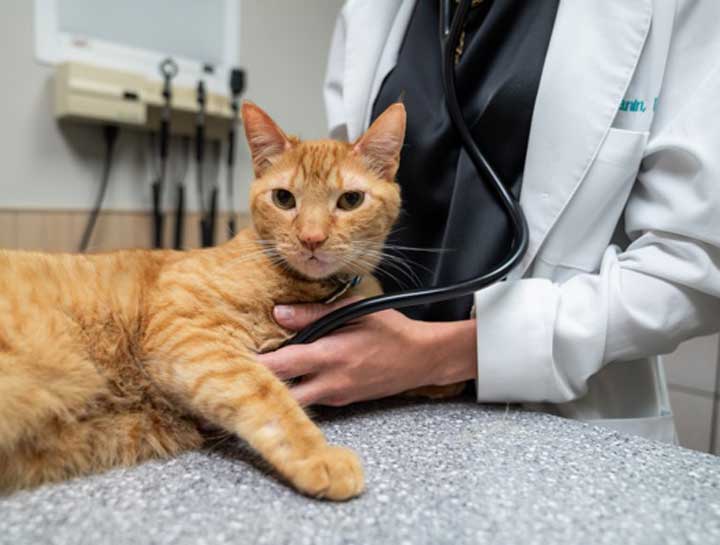Cat Wellness Care
Who's avoiding our cat wellness exams, me or my cat?
One veterinary practice reported that just one cat is seen by a veterinarian for every five dogs, despite many studies reporting that there are nearly eight million more pet cats than dogs in the U.S. Many cat owners believe that their felines are inherently healthier than dogs and that cats simply don’t need as much veterinary care as their canine counterparts.
Then there's the two-fold anxiety of you and your cat trying to get through the exam. (Not to mention the "cat carrier caper" and the car ride to the exam!) We know cats sometimes need special treatment to help them stay comfortable and free from anxiety at the vet because the smell and attention of dogs can create an atmosphere of fear. Our devotion to pets moves us to accommodate cats in a special way that aims for a fear-free practice. We call it “Cater to Cats,” and we designed it to help felines feel at ease when they visit their doctor. Read more about it on our Cater to Cats page.
Since cats can’t (and won’t) tell you when they feel sick, they may have already been sick for a long time before you notice any symptoms. By that time, poor quality of health could be a permanent aspect of their life. That’s why we feel it’s so important to see your cat twice per year. We can provide a voice for your feline companion concerning his or her health needs.
What happens during a cat wellness exam?
- An in-depth analysis of the cat's overall health history
- A discussion regarding behavor and physical appearance
- A thorough dental examination ; and
- A diagnosis and recommmendations for future treatment and care
As you may agree, important steps needed to maintain your cat’s health are outside the scope of what families can perform at home. Northeast Animal Hospital wants to help fill the need for compassionate members who provide advanced healthcare to your feline friends.

